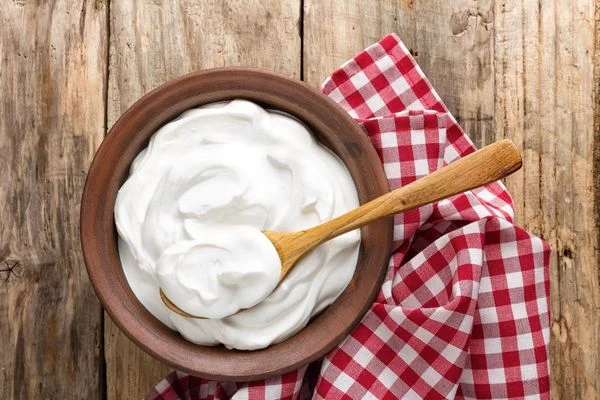Yogurt is a versatile ingredient that has been used in cooking and baking for centuries. It’s an excellent source of protein, calcium, and other essential nutrients, making it a popular choice for those who want to add a healthy twist to their recipes.
But what does yogurt do in baking, and how does it affect the final product? In this article, we’ll explore the magic of yogurt and its role in creating delicious and nutritious baked goods.

How Does Yogurt Work in Baking?
Yogurt can perform several functions in baking, depending on the recipe and type of yogurt used. Some of the most common benefits of using yogurt in baking include:
- Moisture: Yogurt is a wet ingredient that can add moisture to baked goods, making them softer and more tender.
- Acid: Yogurt contains lactic acid, which can react with baking soda or baking powder to help dough rise and create a light, fluffy texture.
- Flavor: Yogurt adds a tangy, slightly sour flavor to baked goods, which can enhance the taste of sweet or savory dishes.
Types of Yogurt for Baking
Not all yogurt is created equal, and different types of yogurt can affect the outcome of your baking. Here are some of the most popular types of yogurt for baking and their unique characteristics:
- Greek yogurt: Thick and creamy, Greek yogurt has a higher protein content and a tangier taste than regular yogurt. It’s a popular choice for recipes that require a denser texture, such as cheesecake or pound cake.
- Regular yogurt: Also known as “plain” yogurt, regular yogurt has a thinner consistency and a milder taste than Greek yogurt. It’s often used in recipes that require a lighter texture, such as muffins or quick bread.
- Low-fat or non-fat yogurt: These types of yogurt have a lower fat content than regular or Greek yogurt, which can make them a healthier choice. However, they may also affect the texture and flavor of baked goods, so it’s important to adjust the recipe accordingly.
How to Use Yogurt in Baking
Yogurt can be used in a variety of baked goods, including cakes, cookies, bread, and more. Here are some tips for incorporating yogurt into your favorite recipes:
- Substitute yogurt for sour cream or buttermilk: Yogurt can be used as a substitute for sour cream or buttermilk in recipes that call for these ingredients. It can add a similar tangy flavor and moisture to the final product.
- Add yogurt to batter: Yogurt can be added directly to the batter of baked goods, such as muffins or pancakes, to add moisture and flavor.
- Mix with other wet ingredients: Yogurt can be mixed with other wet ingredients, such as eggs and oil, to create a smooth and creamy texture.
FAQs
It’s best to stick with plain yogurt in baking to avoid affecting the flavor and sweetness of the final product.
The amount of yogurt needed will depend on the recipe. As a general rule, you can substitute up to half of the liquid ingredients in a recipe with yogurt.
While yogurt can be used as a substitute for eggs in some recipes, it’s not a one-to-one replacement.
